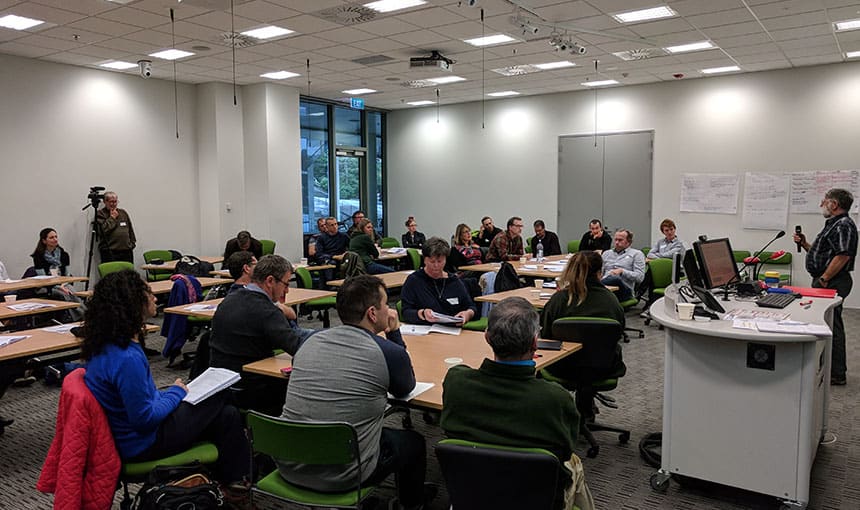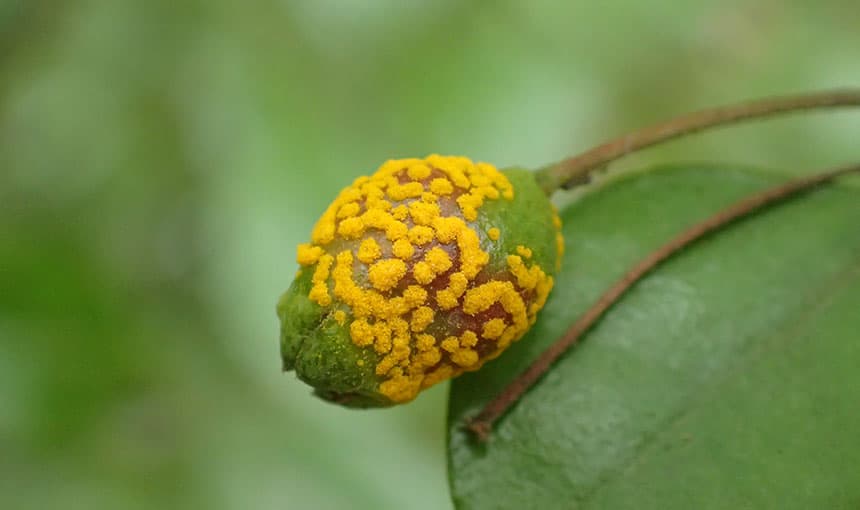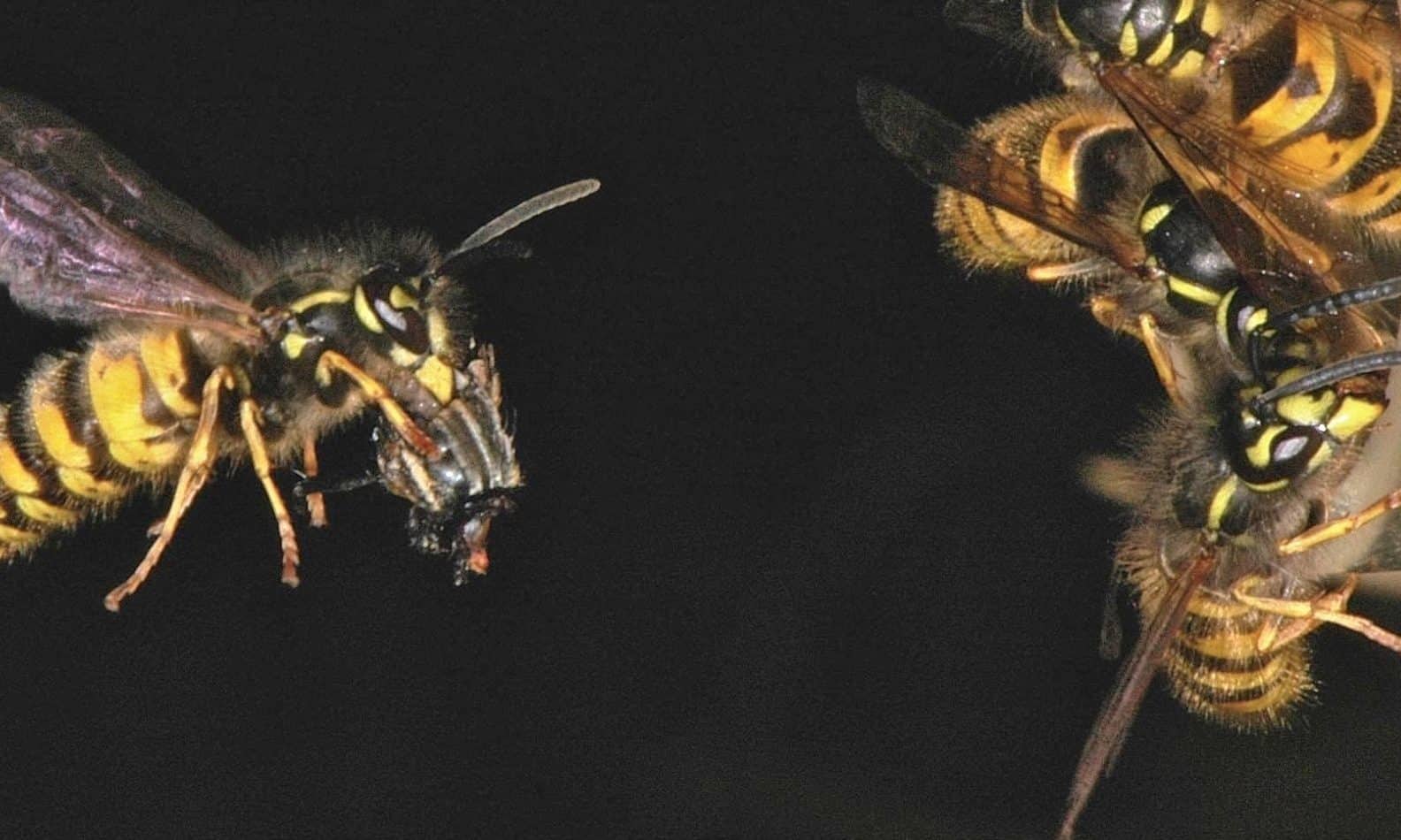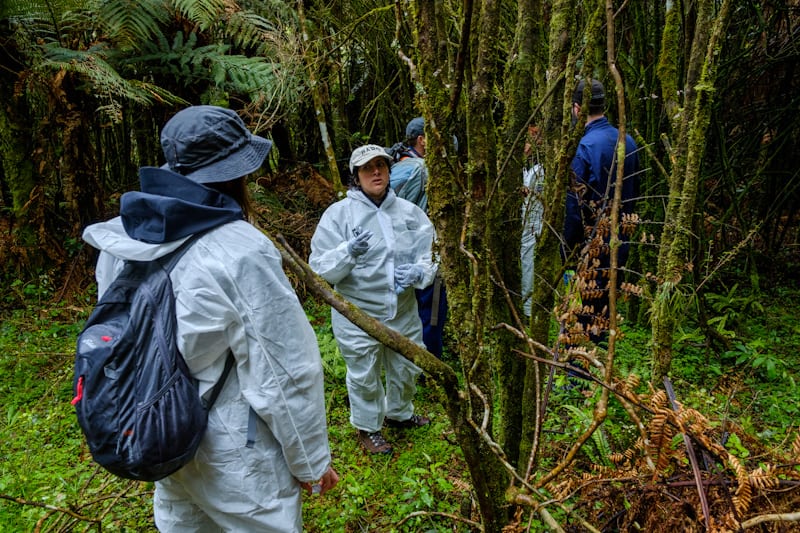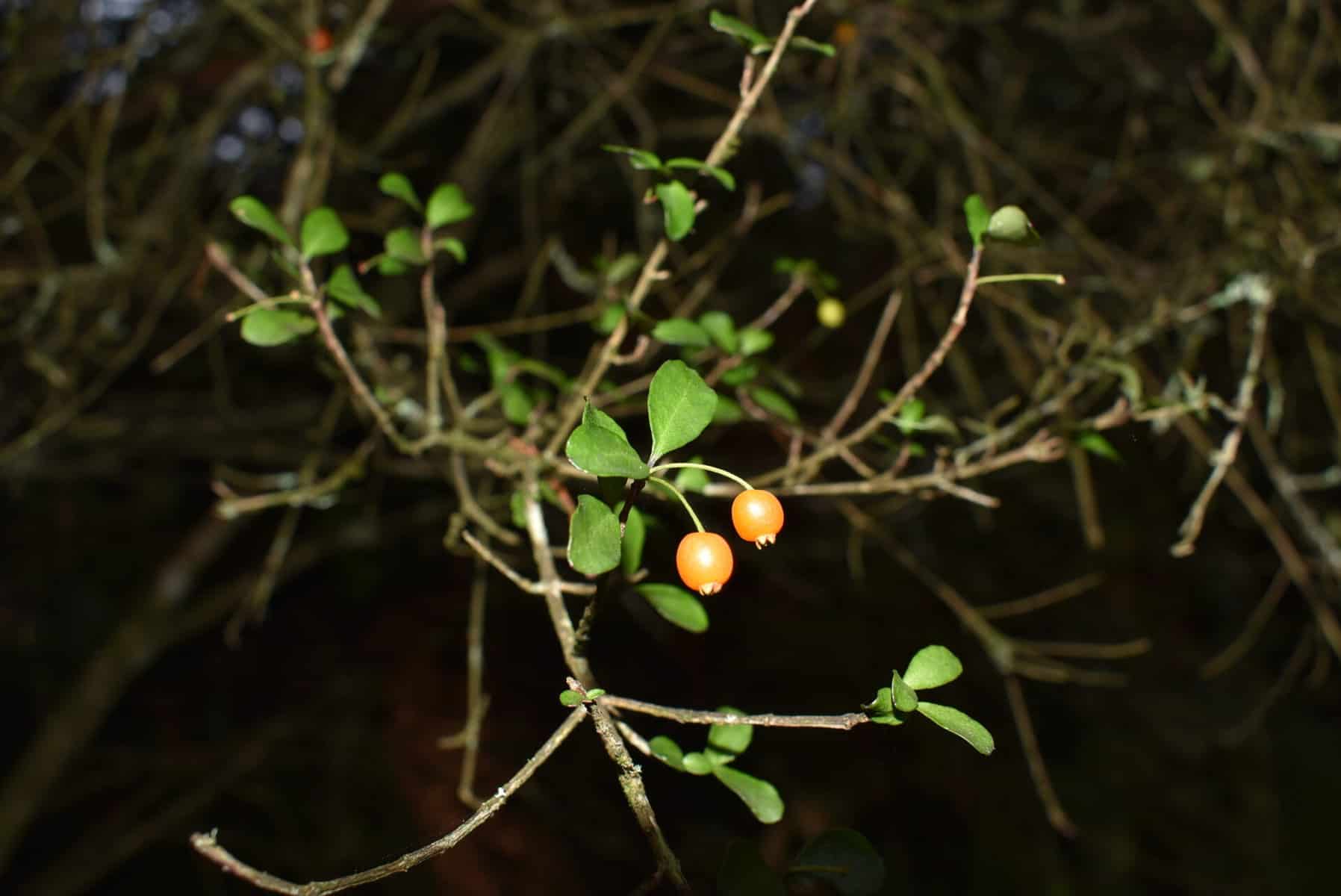Matauranga-guided screening of New Zealand native plants reveals flavonoids from kanuka (Kunzea robusta) with anti-Phytophthora activity
Kauri is an ecologically important and culturally treasured tree species in Aotearoa New Zealand. It is under threat from the pathogenic oomycete Phytophthora agathidicida, which causes…
